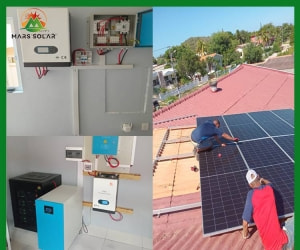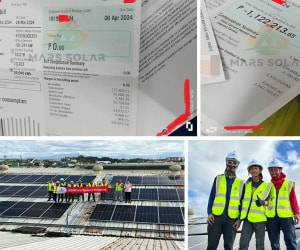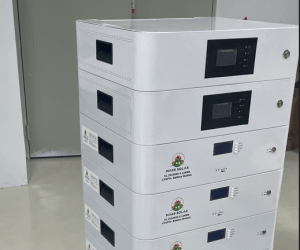As a solar inverter factory,Mars Solar explain to you how to select best inverter:
1. Dc to ac inverter efficiency
The dc to ac inverter efficiency value is used to characterize the magnitude of its own loss power, usually expressed in %. The dc to ac inverter efficiency in the dc to ac inverter is directly related to the system efficiency. If the efficiency for dc to ac inverter is too low, the off grid solar power system efficiency will be seriously degraded.
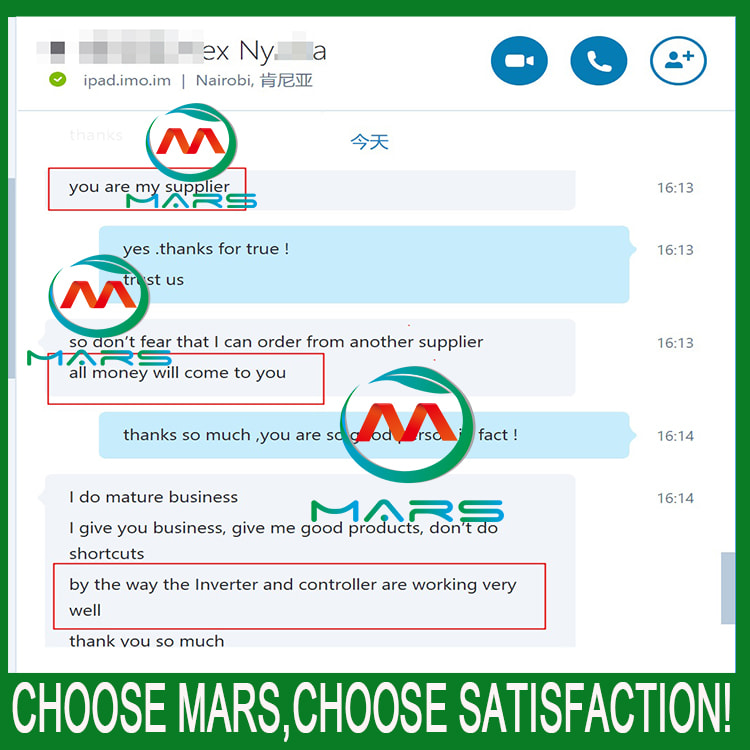
2.Auto power inverter rated output capacity.
The rated output capacity is most used to characterize the ability of the inverter to supply power to the negative stage. The highest rated output capacity, the stronger the auto power inverter with load capacity. There are many auto power inverters on the market, and the prices are high or low. Auto power inverters that are ridiculously low in price often have problems with insufficient capacity.
3.Auto power inverter output voltage stability.
Output voltage stability refers to the stability of the auto power inverter output voltage. In the off grid solar power system, the voltage of the battery terminal voltage fluctuates greatly during charging and discharging, and the voltage fluctuation of the lead-acid battery can reach about 30% of the nominal voltage, so the auto power inverter must have good output voltage stability to ensure the off grid solar power system is better,then can works within the large DC input range.
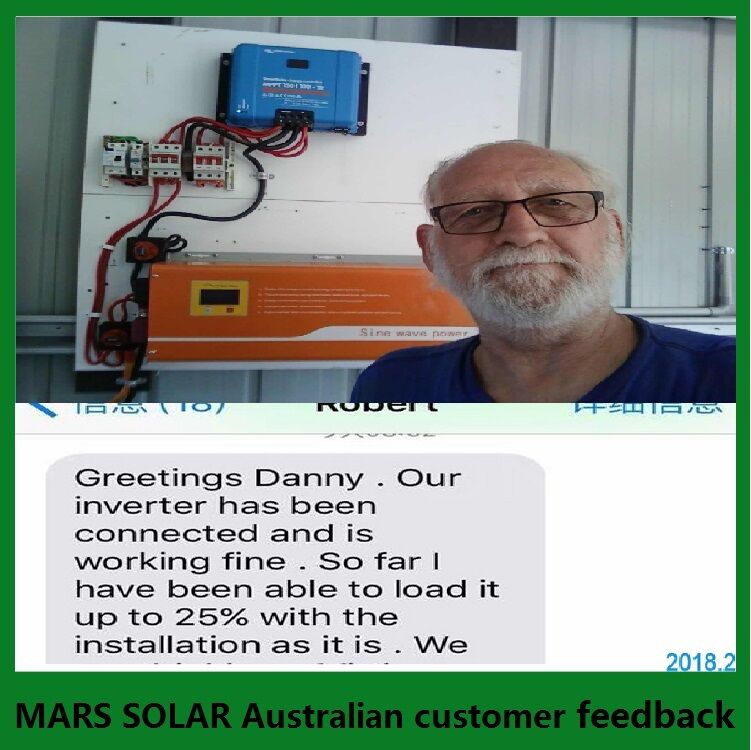
4.Reliability.
In the operation of off grid solar power generation system, sine wave inverter reliability is one of the main factors that affect the reliability of the off grid solar power system. Its reliability requires the sine wave inverter to have good protection functions, including overcurrent protection and short circuit protection in the sine wave inverter. In the normal operation of the solar electricity system, due to load failure, human error and external interference, etc. It is highly probable that the current of the power supply system is too large or short-circuited. To improve reliability, the inverter must be required to have related protection features.
5.Start performance.
Startup performance refers to the ability of the sine wave inverter to start with load and the performance of dynamic operation. The sine wave inverter should be able to guarantee its normal start-up at the rated negative level. In general, when the resistive load is working, the pure sine inverter has better starting performance. However, if it is an inductive load, such as a motor, refrigerator, air conditioner or high-power water pump, the power may be several times higher than the rated power. Usually when the inductive load starts, the pure sine inverter will withstand large surge power. Therefore, the startup performance of the pure sine inverter requires that the internal components of the pure sine inverter can withstand multiple full-load startups without causing damage to the power device when the inductive or other load is started.
6.Harmonic distortion.
When the pure sine inverter output voltage waveform is a sine wave, it contains harmonic components in addition to the fundamental wave. Usually, the ratio of the harmonic components in the total output voltage waveform is called harmonic distortion. Higher harmonic currents can create eddy currents in inductive loads, causing the device to heat up and severely damaging electrical equipment. Generally, the off grid inverter will indicate its harmonic distortion. The harmonic distortion of the off grid square wave inverter is about 40%, generally only suitable for pure resistive load; the harmonic distortion of the off grid modified wave inverter is less than 20%, suitable for most loads; and the off grid sine wave inverter Harmonic distortion is small and can be applied to all AC power loads.
-
 Solar PV System Expansion: Compatibility, Efficiency & Implementation Guide1. Background and Necessity Early-installed PV systems generally fail to meet the growing energy demands of modern households and enterprises. Compared with replacing the entire system, expansion is a more economical option—but the core question
Solar PV System Expansion: Compatibility, Efficiency & Implementation Guide1. Background and Necessity Early-installed PV systems generally fail to meet the growing energy demands of modern households and enterprises. Compared with replacing the entire system, expansion is a more economical option—but the core questionDo you like ?0
Read more -
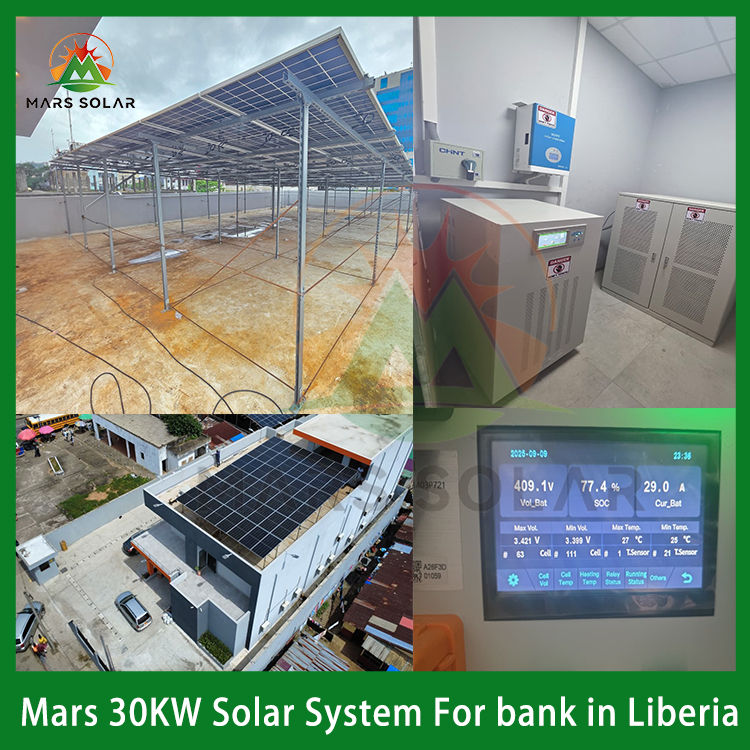 Customized Off-Grid Solar System for a Liberian Bank: Achieving Power IndependenWhen Banks Face the Challenge of "Grid Power Outages and Voltage Fluctuations": A Real-World Solution from Liberia In scenarios where the power grid is unstable and manual intervention is difficult, how to ensure the 24/7 stable operation
Customized Off-Grid Solar System for a Liberian Bank: Achieving Power IndependenWhen Banks Face the Challenge of "Grid Power Outages and Voltage Fluctuations": A Real-World Solution from Liberia In scenarios where the power grid is unstable and manual intervention is difficult, how to ensure the 24/7 stable operationDo you like ?0
Read more -
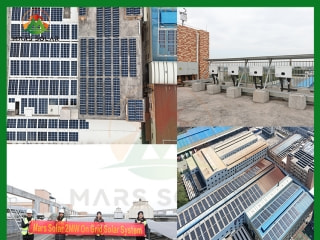 2MW Solar Panel System For Factory2MW mars solar grid-tied solar panel system for factory have designed, produced, and installed in a factory.How does Mars Solar build such a solar panel system for factory? 1. Data collection Before designing the plan, the factory owner vi
2MW Solar Panel System For Factory2MW mars solar grid-tied solar panel system for factory have designed, produced, and installed in a factory.How does Mars Solar build such a solar panel system for factory? 1. Data collection Before designing the plan, the factory owner viDo you like ?0
Read more -
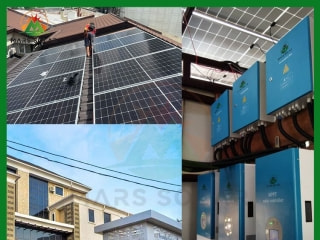 100KW Solar For Hotels And Resorts In NigeriaIn December 2024, the Mars Solar 100KW Nigeria solar for hotels and resorts project was successfully completed. In May 2024, the customer contacted Mars solar and had a series of communications on the solar for hotels and resorts project. The d
100KW Solar For Hotels And Resorts In NigeriaIn December 2024, the Mars Solar 100KW Nigeria solar for hotels and resorts project was successfully completed. In May 2024, the customer contacted Mars solar and had a series of communications on the solar for hotels and resorts project. The dDo you like ?0
Read more -
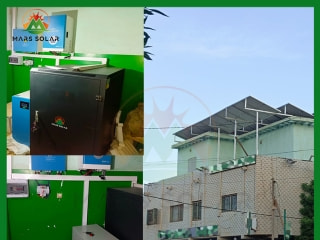 Reliable Energy Solutions for a Mali Pharmacy: 15KW Solar System Success StoryIn the heart of Mali, reliable electricity is a significant challenge, with power coming on for just 2 hours and then cutting off for 4 hours multiple times a day. This erratic power supply is particularly problematic for businesses that depend on consist
Reliable Energy Solutions for a Mali Pharmacy: 15KW Solar System Success StoryIn the heart of Mali, reliable electricity is a significant challenge, with power coming on for just 2 hours and then cutting off for 4 hours multiple times a day. This erratic power supply is particularly problematic for businesses that depend on consistDo you like ?0
Read more -
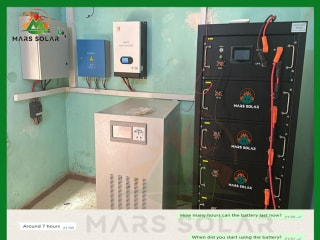 Harnessing the Sun: A Sustainable Solution for Abou's Family in MaliIn the heart of Mali, families like Abou's face daily challenges with electricity access, enduring power outages that can last up to 12 hours. To combat this, Abou relies heavily on a diesel generator to power his home, which includes essential applia
Harnessing the Sun: A Sustainable Solution for Abou's Family in MaliIn the heart of Mali, families like Abou's face daily challenges with electricity access, enduring power outages that can last up to 12 hours. To combat this, Abou relies heavily on a diesel generator to power his home, which includes essential appliaDo you like ?0
Read more

